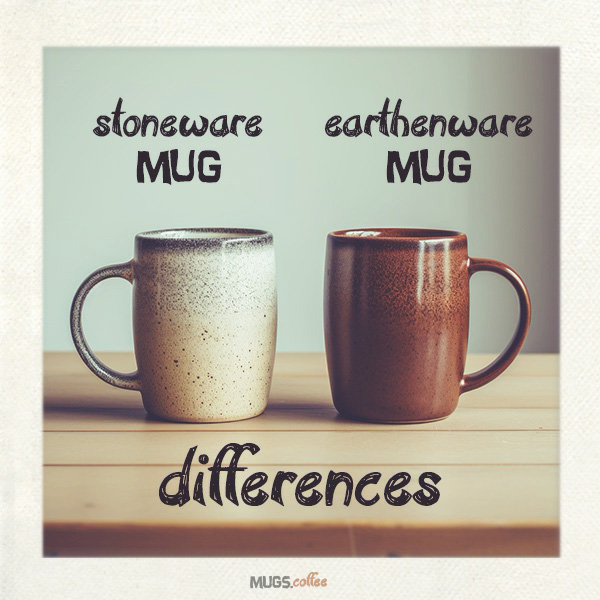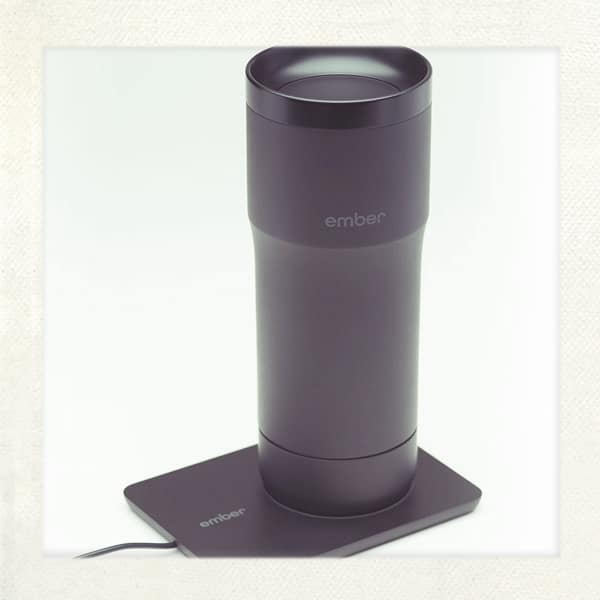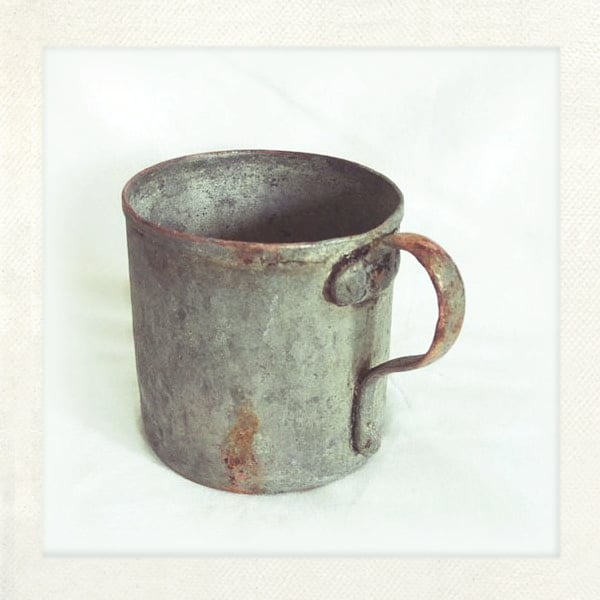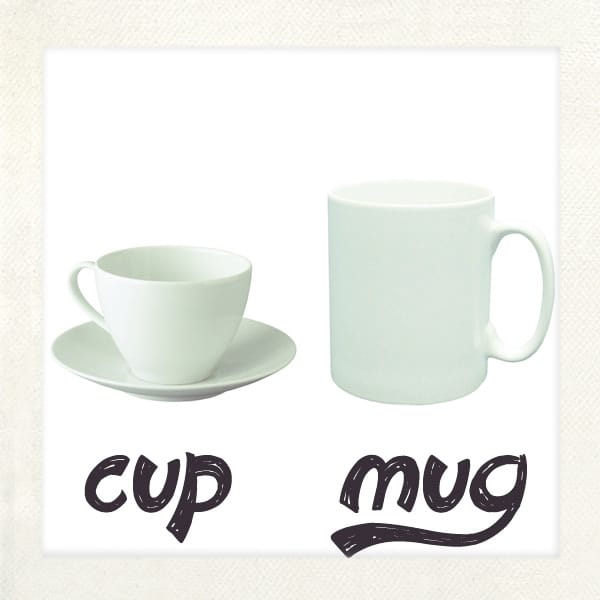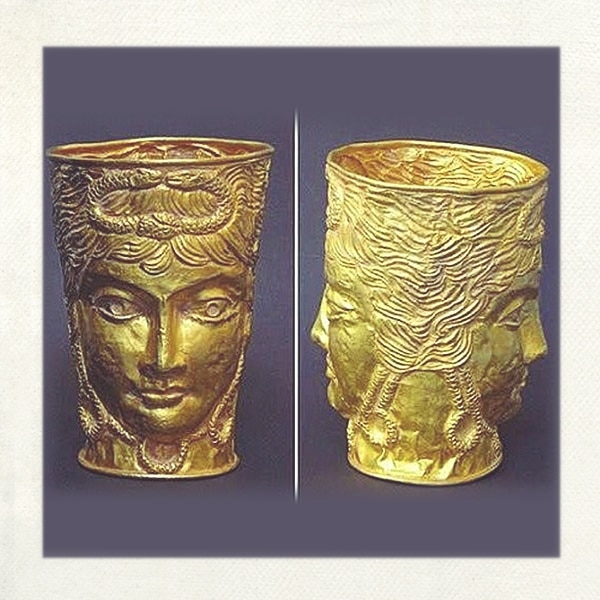A stoneware mug is more durable, thicker and smoother. A earthenware mug is more sensitive, thinner and cheaper.
Earthenware and stoneware, two prominent categories of ceramic pottery, share numerous foundational similarities. Both crafted from natural clay, they undergo familiar shaping techniques, such as coiling or throwing, and are fired in kilns to solidify their forms. Both types can be glazed to enhance aesthetics and functionality, serving as preferred mediums for both functional kitchenware and artistic creations. While they share these foundational traits, earthenware and stoneware diverge in significant ways, especially when evaluating their suitability for coffee mugs. When considering coffee mugs, these distinctions can have implications for durability, aesthetics, and insulation. Here are the primary differences between earthenware and stoneware mugs:
Stoneware Mug
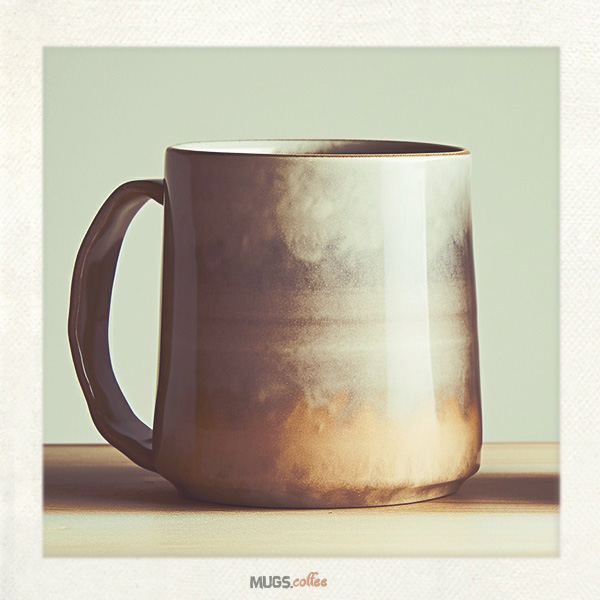
- Made from a denser type of clay that has fewer impurities
- It's fired at higher temperatures (between 1,180 and 1,300 °C)
- Denser and more durable than earthenware (for everyday use)
- Less porous (making it more water-resistant, even without glaze)
- Typically has a smoother, more refined appearance
- Denser composition (keeping the coffee warmer for a longer period)
- More resistant to thermal shock (making it safer for microwave or dishwasher use)
- Can be pricier than earthenware because of its durability and the higher temperatures required for firing
Earthenware Mug

- Made from clay with a more porous texture
- It is fired at a lower temperature (usually between 1,000 and 1,150 °C)
- Generally less durable than stoneware due to its porous nature and lower firing temperature
- More porous (means it can absorb more water; often glazed to make them more water-resistant)
- Can have a more rustic appearance due to its coarser texture
- Slightly thinner (cause the coffee to cool down more quickly)
- More sensitive to sudden temperature changes
- Usually less expensive due to the abundance of materials and lower firing costs
For a genuine coffee experience, we suggest savoring it in a distinctive mug from our Stoneware Coffee Mugs collection, renowned for their unparalleled quality.
Conclusion
Earthenware and stoneware are distinct types of ceramic pottery, differing in their composition, durability, and appearance. Earthenware is made from a porous clay and is fired at lower temperatures, making it less durable and more susceptible to moisture. It often has a rustic, earthy appearance and is generally more affordable. In contrast, stoneware is fired at higher temperatures, resulting in a denser, more durable product that's less porous. It presents a smoother, more refined aesthetic and offers better insulation for beverages. While earthenware requires more delicate handling due to its sensitivity to temperature changes, stoneware stands up better to everyday use, including being microwave and dishwasher safe. The choice between the two often hinges on personal preferences, use-case scenarios, and budget considerations.

